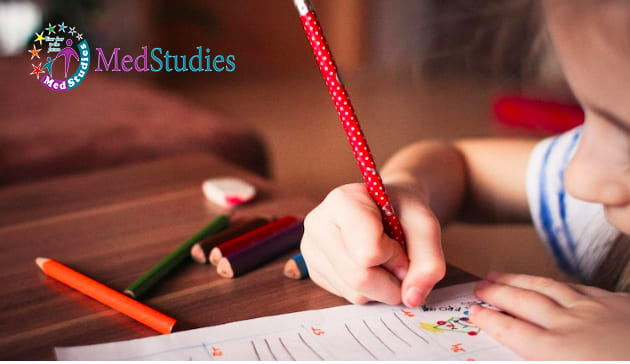
Overcome Learning Gap In Children: Ways To Judge
Schools were closed for 91% of students across 188 countries. Around 1.6 billion children were not able to attend school in person. More than 1 billion children were at risk of falling behind due to school closures. Many still face the risk of never returning to school, undoing years of progress made in education around the world! – UNICEF, Sep 2021
The implications of UNICEF’s data are profound. Over the past two years, amid Covid-19, children have to adjust to the changes in their learning environment. Schools play a crucial role in ensuring the continuity of the learning curve of children. The unprecedented challenges faced by children need to be mitigated with the growth of the child in mind.
Studies indicate that children are not only struggling in 3Rs (Reading, Writing and Arithmetic) but they have also shown signs of delay in basic socio-emotional development.
The recently published McKinsey study estimated that the average student would be at least half a year behind in maths by the end of 2022. The most worrisome part is that as students return to classrooms, some children are making up lost ground, but others are stagnating.
We are not out of the woods yet and hence, it is imperative to look out for signs that indicate that the child is actually able to bridge the gaps and is overcoming them. Thankfully, there are some ways that can help parents and teachers judge whether the child is on the right path of recovery or not:
BRIDGING KNOWLEDGE GAPS
First and foremost, let us be very clear that, for almost two years, we were not living in an ideal world. Generally, children begin their schooling through interactions with each other in group settings, they are close to nature, hands-on learning takes place, sensorial explorations through touch or feel are ways they learn and get educated.
The pandemic took away these luxuries from us and therefore, we need to focus on signs that are indicative enough of children returning to their ideal learning situation.
If you find your child showing higher levels of age and appropriate interest in all or any one of the STEAM (Science, Technology, Engineering, Arts and Mathematics) based activities, you should take a breath of relief.
Studies have clearly indicated that those children who are involved in hands-on learning in STEAM, are bridging the gap at a faster pace than the rest. When schools and families indulge children in STEAM-based activities, the yearning to learn is more among these children and thus, they are able to win the war that the pandemic posed against their learning curve.
FIGHTING AGAINST SKILL GAPS
Children have been cut off from friends and family members and are faced with uncertainty, unpredictability, and a new way of living day-to-day. Since they are now gradually entering the normal world, apart from the knowledge-based learning curve, we need to bring the focus on skill-based functioning as well.
Basic life skills like interacting with peers and friends, working in group settings, supporting oneself for routine activities may sound trivial in the humdrum of life, but are great signs to look out for if you want to ensure that your child is able to fight against skill-based learning gaps.
Routines are essential when it comes to learning. The consistent pattern of day-to-day functioning provides predictability to the child’s brain, which ultimately yields to a sense of security in the child.
So, if a child is able to follow a routine, feels hungry at regular intervals, has consistency in sleep patterns and has regularity in bladder and bowel movements – these are great ways to stipulate that a child will be able to manage skills-based functioning of human life in the future.
BEATING THE DEVELOPMENTAL GAPS
Human development is a holistic endeavour. Development in one particular domain is actually a result of multidisciplinary actions. Hence, apart from fighting the knowledge-based gaps, children need support in beating the gaps shown in socio-emotional development as well.
Children learn best with peers and friends. Socialization is not only the key to the happiness of children, but it also opens the horizon for creativity and inquisitiveness among children.
Therefore, if your child is able to participate in socialization in formal and informal settings with peers, takes active part in casual conversations in family, plays sports and games with friends, gets excited about attending parties with peers – you should relax and enjoy yourself.
Your child is learning the most important lessons of life through these activities and will be able to bridge the gap that the pandemic created when it comes to the holistic development of children.
By: Dr. Amrit Das